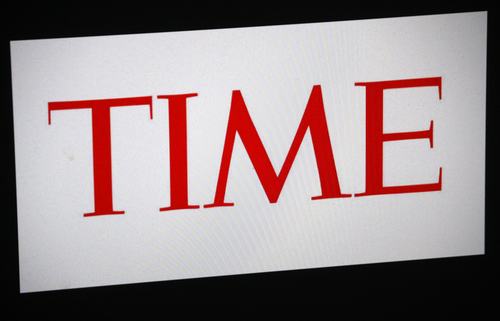TIME magazine continues to fail its readers
After our initial letter to TIME magazine, they were unwilling to make any changes, but suggested we send something forinclusionin an update to the piece. We have little faith they will use any significant portion of the letter, so we’re making it available here.
March 31, 2015
Siobhan O’Connor
Health Director
TIME Magazine / TIME.com
Dear Editor:
The deeply misleading article by reporter Mandy Oaklander [Should I Eat Canned Tuna; 3/26] peddles some of the most wrongheaded advice about tuna right at a time when the FDA is warning that Americans need much more seafood in their diet. TIME falsely implies that tuna is somehow contaminated when in reality the newest research from U.S. food safety regulators is that even the most sensitive subpopulations, children and pregnant women, can healthily eat up to 56 ounces (3.5 lbs) of albacore tuna per week (which equates to 3-4 albacore tuna sandwiches/day). This is new, independent, published, peer-reviewed science, not conjecturer.
Nutrition reporting about the health benefits of seafoods like tuna should carry the highest level of journalistic accuracy and objectivity. If you stop drinking soda or eating french fries for example, as Ms. Oaklander has previously reported on, nothing bad will happen. But if you curtail or refrain from eating seafood (and tuna is the most widely available and affordable) the American Medical Association (AMA) warns there is a greater risk of heart attacks and strokes in adults and that infants and children suffer lowered IQ outcomes.
But the FDA and AMA each know that irresponsible, shoddy reporting like TIMEs is one of the factors causing Americans to eat less seafood each year which is precisely why promoting the new guidance to eat more seafood is the focus of national health authorities.
Ms. Oaklander ignored our questions and TIME Magazine disregarded them too. We asked why Ms. Oaklander withheld the fact that theres never been a case of mercury toxicity from the normal consumption of commercial seafood in any American medical journal? And why she cherry-picked a mere five medical sources and presented that as a representative sample? When, in fact, 120 peer-reviewed studies from 1972-2013 were conducted on this topic by researchers in Poland, New Zealand, Japan, Canada, Denmark, Britain, and the United States nearly every single major study on the subject conducted over four decades confirms that the value of seafood consumption for women and their developing babies far outweighs the risk.
Incredibly, TIME Magazine even disagrees with itself on this subject when it published a separate story less than two months ago that named tuna one of the 50 healthiest foods in the world. The self-contradiction alone tells readers all they need to know about TIMES unreliability on nutrition advice. Isnt it TIME for more careful, accurate reporting? And what about accountability when the distortions are called out? TIME seems to think they can ignore the shortcomings in its reporting and that readers wont care.
Sincerely,
Brandon Phillips, NFI
Sr. Director of Communications
National Fisheries Institute



